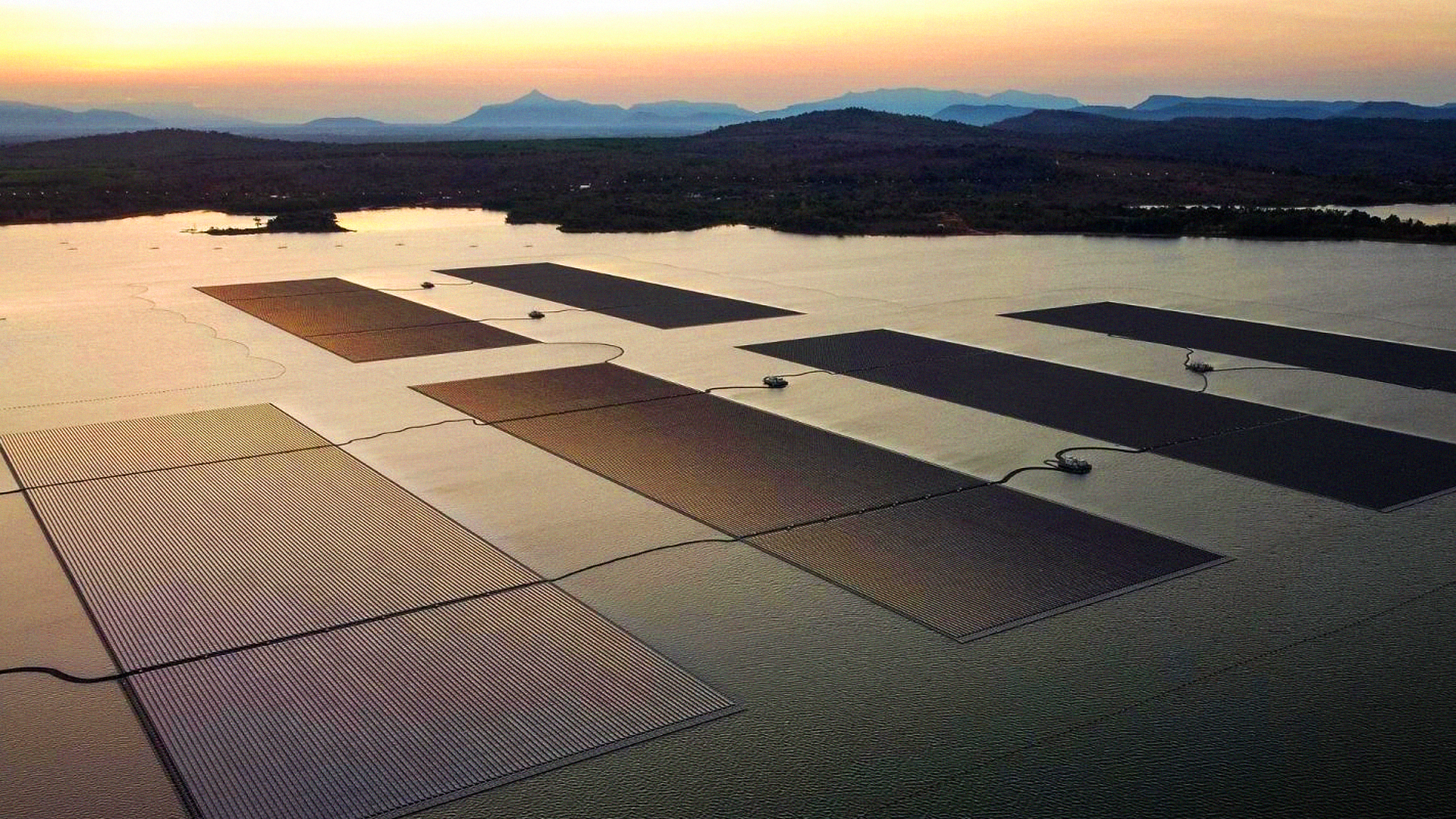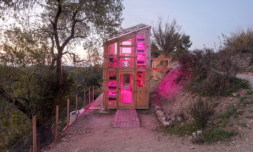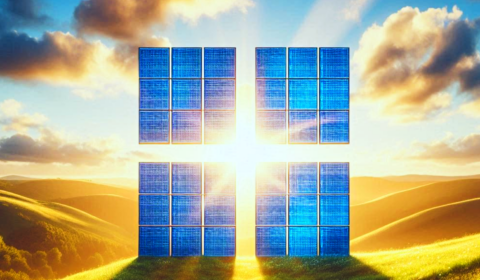In Thailand’s north-eastern region of Ubon Ratchathani, a shimmering network of solar panels stretches across a large reservoir constantly generating green energy. This is the first of 15 planned floating solar farms that aim to put Thailand on track for carbon neutrality by 2050.
With climate deadlines from COP26 fast approaching, nations are turning to some pretty radical solutions to achieve net zero. This definitely qualifies.
In Thailand’s north-eastern region of Ubon Ratchathani, a floating farm of solar panels roughly the size of 70 football fields sprawls across the Sirindhorn reservoir.
In the daytime, its 145,000 photovoltaics convert sunlight to green energy, and throughout the night, hydropower turbines generate power from the gentle flow of water.
This shimmering network is being touted as the ‘world’s largest floating hydro-solar farm’ in existence, and will form the basis of Thailand’s strategy to reach carbon neutrality by 2050.
At present, natural gas accounts for nearly two-thirds of all Thailand’s electrical grid, while wind, solar, and hydropower comprise less than 10%. Prime Minister Prayut Chan-O-Cha wants to drastically alter this balance ‘in any way imaginable’ and plans to construct up to 15 more of these ‘floatovoltaic’ vistas in the coming years.
To call this ambitious would be an understatement, considering building the Sirindhorn array alone took two years of careful assembly and a €32m investment, but its potential to reduce Thailand’s carbon emission toll by 47,000 tons annually has convinced the Energy Policy and Planning Office to push ahead.




















